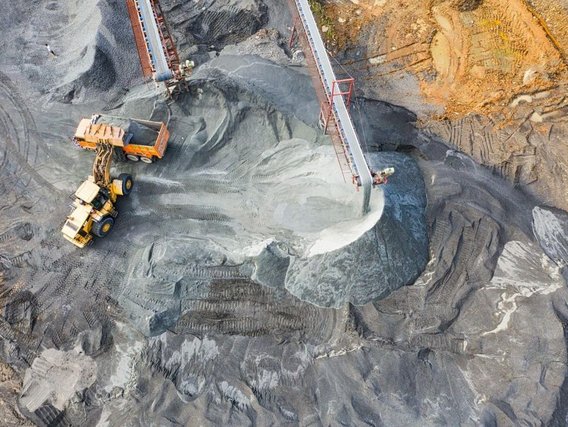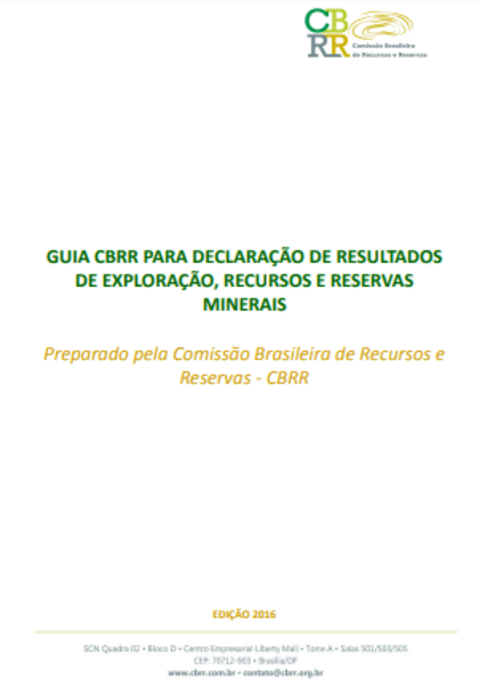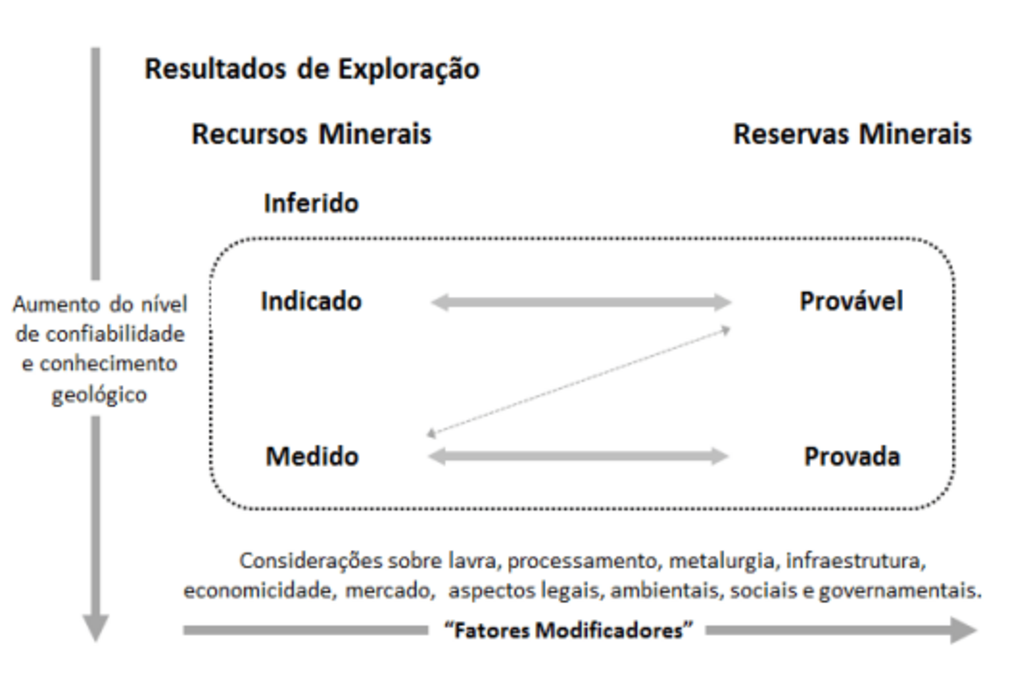
After the Bre-X case, considered the biggest fraud in the history of mining, it has become even more necessary to use good practices during mineral research, as well as to guarantee the reliability of the data. In order to prevent fraud from occurring, the International Codes of Resource and Reserve Codes were created. The aim of these norms is to determine standards and procedures for the mineral industry.
In this context, Brazil established the Brazilian Commission on Resources and Reserves (CBRR). CBRR as the body responsible for disseminating and regulating the best global engineering and geological practices for mining companies. Want to know more about the subject? Check out the full content below.


